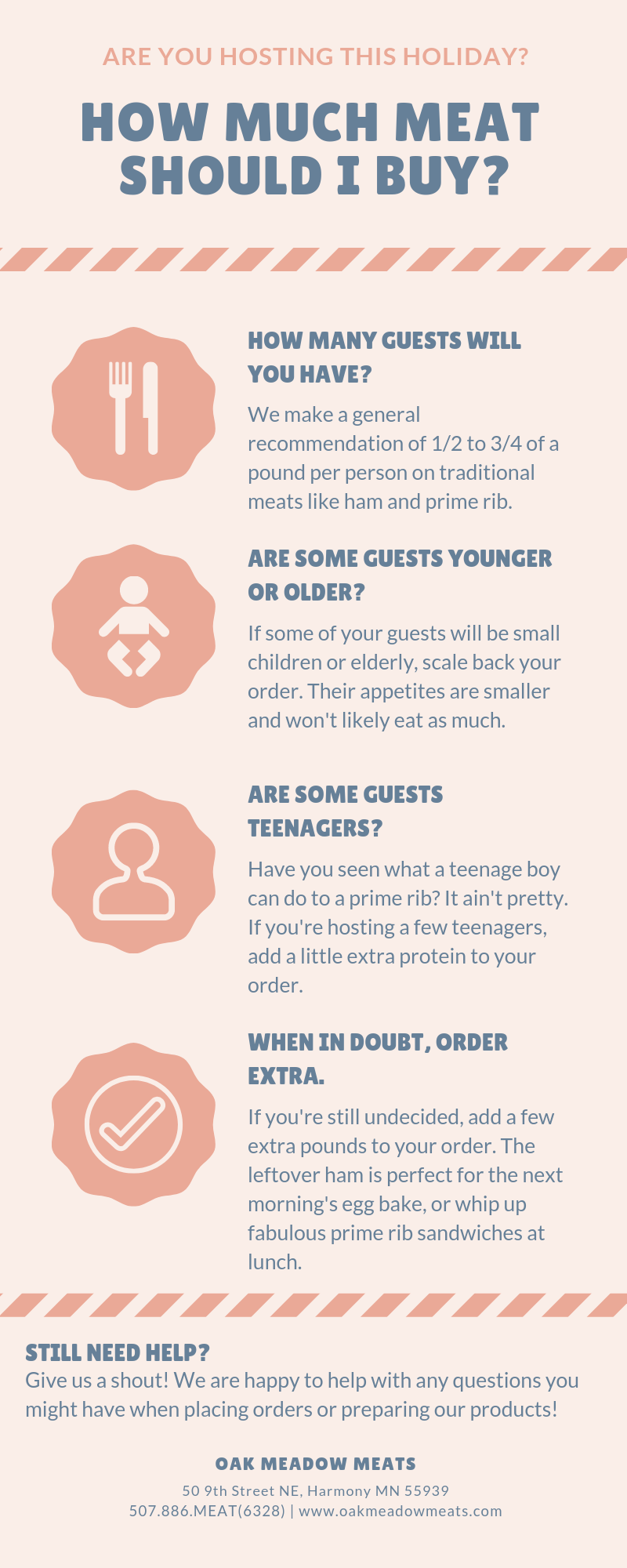As the whitetail deer hunting gets underway in Minnesota, we field numerous questions about how we process venison (and all wild game). While venison is far and away the most common game that we process, we have also processed elk, moose, bear, geese, etc. The point is: if you hunt it, we’ll process it!
We accept game all year long and only take boneless trim. Whitetail deer season falls during one of our busiest seasons for processing cattle and hogs. The state requires hide-on deer to be completely separate from domestic livestock carcasses - meaning, we would need a separate cooler to store the whole carcass deer. For this reason, space and time have limited us to boneless trim only.
Your game trim will always, always, always be kept separate - you’ll always get your own trim back in your products! We know that so many hunters take great pride in extensively cleaning their trim and that hard work should definitely be rewarded. Because you receive your own meat, we have minimum batch requirements on sausage products. This way, we have enough product to put through our stuffer. Our sausage product batches require at least 20 pounds of game. To this, we will add 10 pounds of pork. Exceptions to this rule: ground game, jerky or dried game. For jerky and dried game products, we require whole muscle cuts like legs or loins (backstraps).
If you plan to freeze your game trim, please do so in gallon size zip top bags. Trim that gets frozen in large quantities (think garbage bags) runs a massive risk of spoiling as it thaws out. Smaller bags are also easier to weigh when you bring in and can be labeled with your name. If you have whole muscles to save for jerky, you can label those bags and make the process go so much smoother.
So, what should you bring along when you drop off your game trim? Bring your possession tag (or some tag with a DNR number). We will keep this tag with your processing form and return it to you when you pick up your meat. Also, having a general idea of what you’d like made makes the drop off process go much quicker. You don’t have to know exactly, but a general idea is good. You are always welcome to call with questions about products or check out our list of products offered on our website. We can weigh your product when you drop it off and help you narrow down your options.










